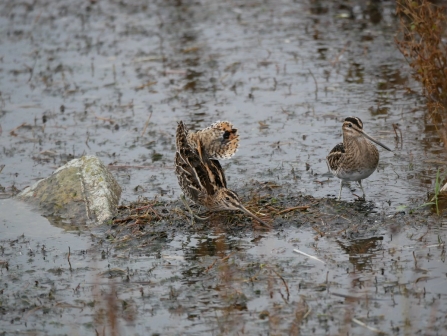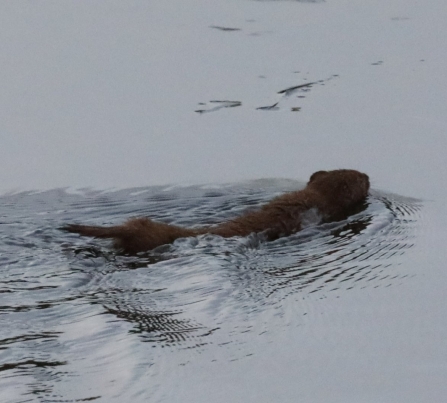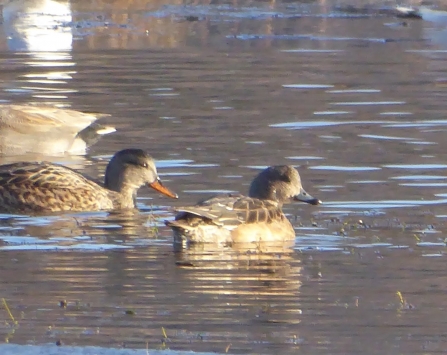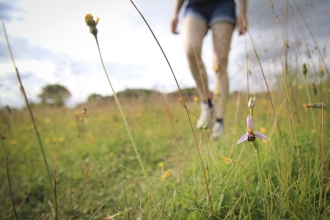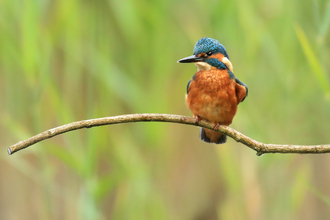Not sure where to see wildlife as winter rolls in, or need some ideas for where to go on your next wildlife walk? Take a look at our latest wildlife sightings.
Mere Sands Wood
The woodland at Mere Sands Wood has been looking particularly beautiful this month as the leaves turned orange and started coating the woodland floor. There are still lots of fungi to be found, including candlesnuff fungus, jelly ear fungus and waxcaps, while a particular highlight for visitors was a kingfisher showing well at Rufford Hide throughout the month.
Seven Acres
Seven Acres is a wonderfully tranquil place to take a stroll at this time of year. Winter finch flocks started growing in numbers in November, with lucky visitors spotting siskins mixed in with chaffinches, goldfinches and bullfinches. Tits, too, have started roving around in noisy groups: long-tailed tits joined blue tits and coal tits in the woods. True to form, redwing numbers are steadily rising, with the birds seen gobbling up berries across Seven Acres.


